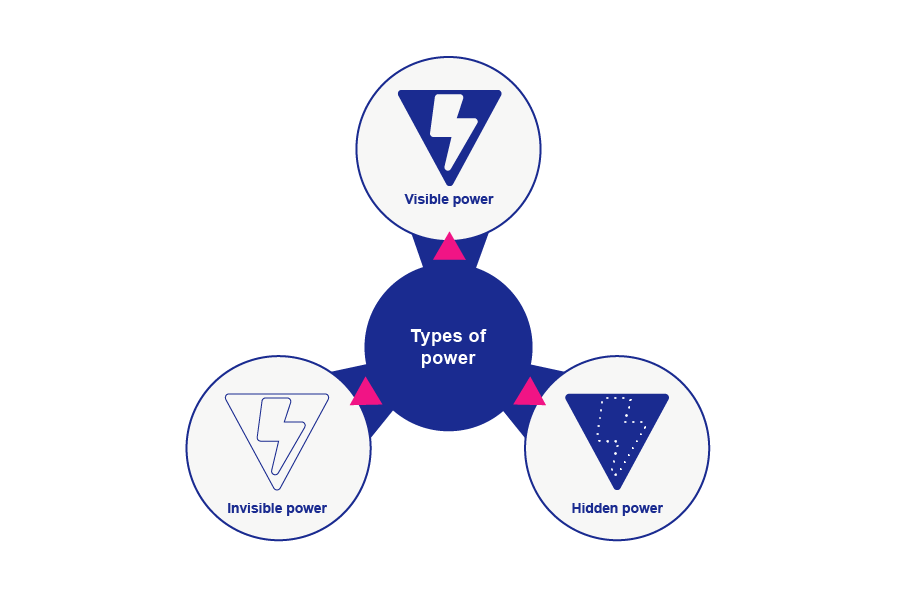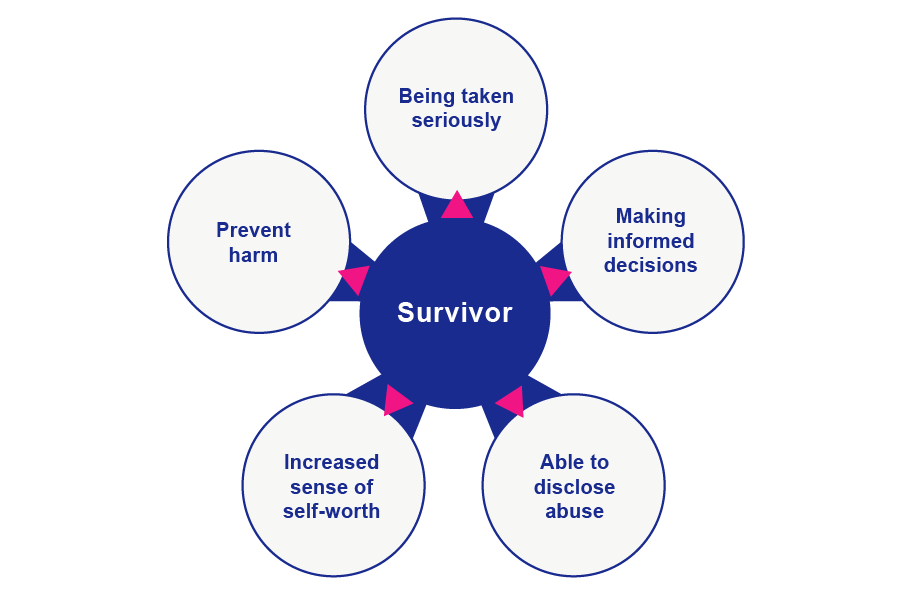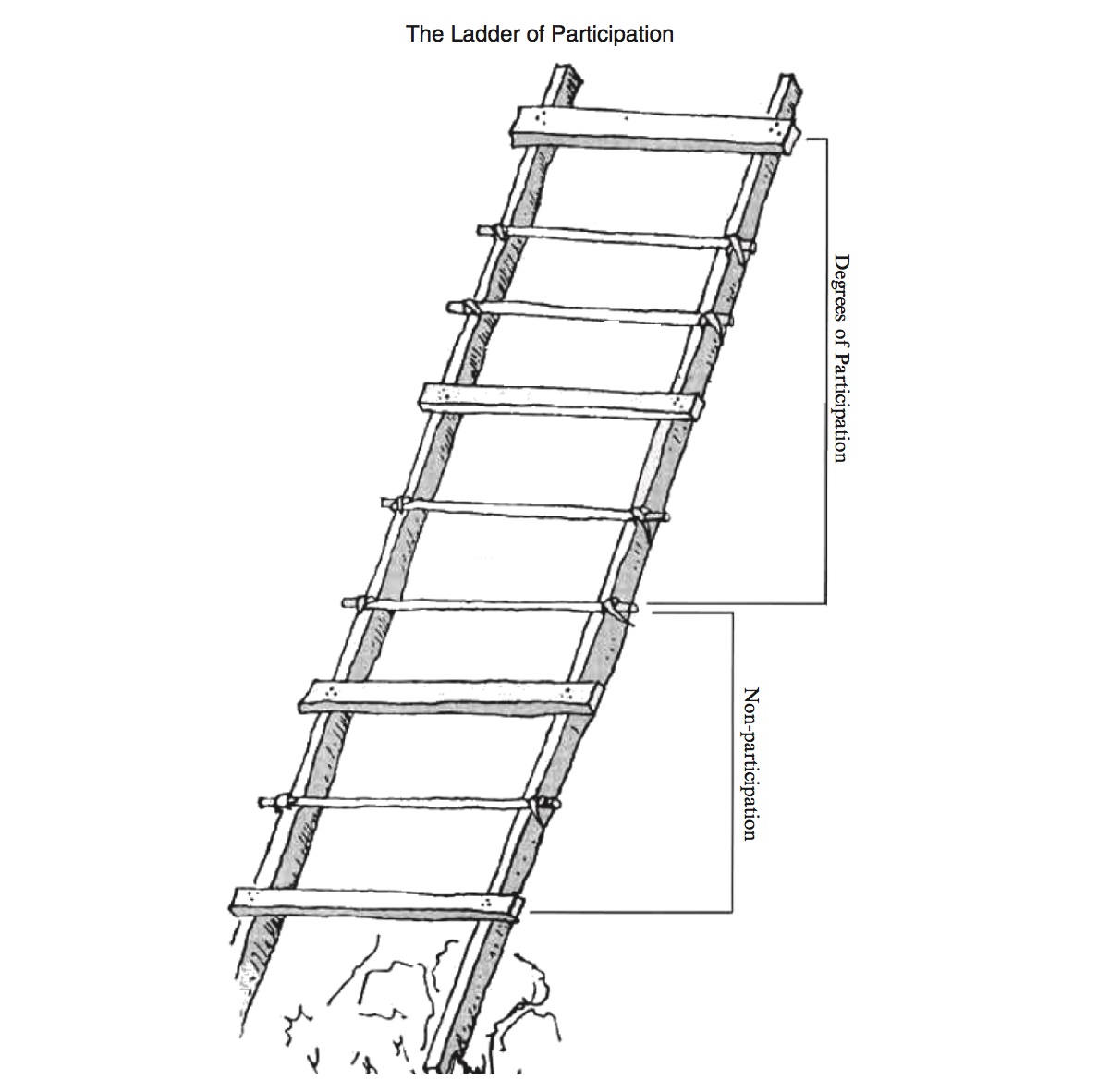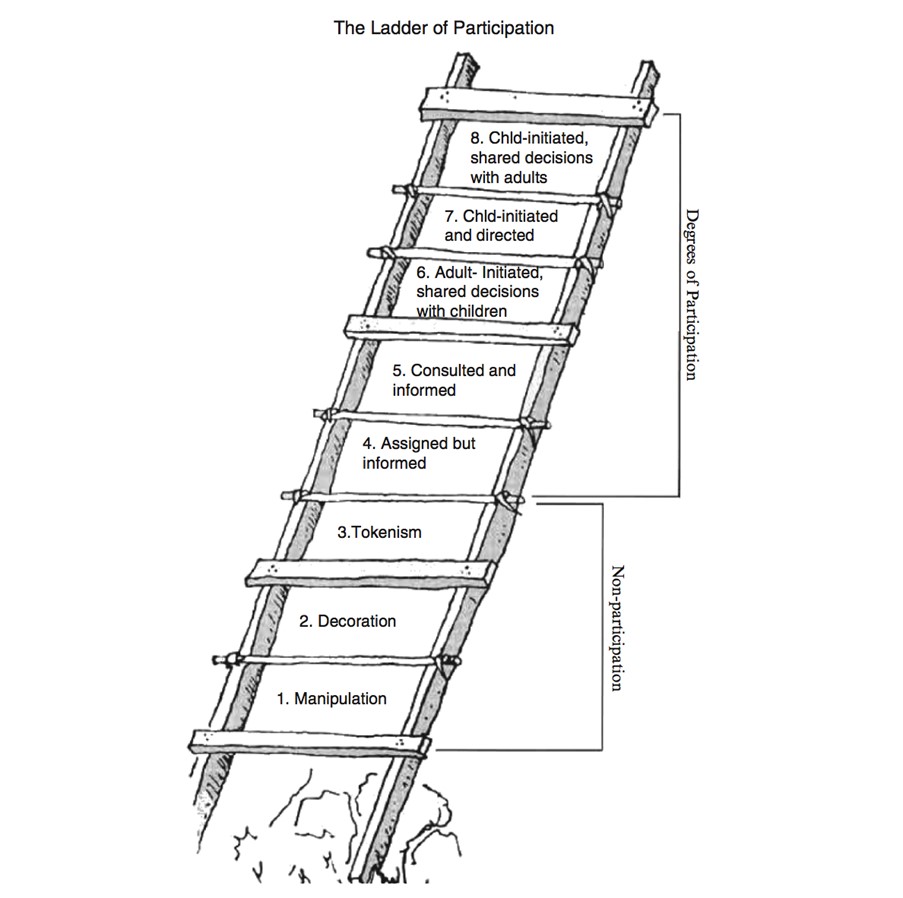Unit 3: Prevention
3.1 The nature of power
Power is a vitally important concept in safeguarding. Sometimes it is obvious, sometimes it can be subtle and hidden. We explain the different forms that power can take and explore ways that challenge it to enhance prevention.
Why does ‘power’ matter?

If you were a learner on Course 1: Introduction to Safeguarding in the International Aid Sector, you will remember the discussion on power and the different forms power can take.
It was argued there that relations of power and privilege lie at the heart of the exploitation, abuse and harassment of those who are vulnerable. We need to understand the nature of power in order to see how, when it is misused, it can result in harm, and be in a better position to challenge it.
Power can be found in every relationship. The different forms of power are:
- Visible power – laws and rules that are put in place to control our behaviour.
- Invisible power – norms and societal values which may influence our behaviour.
- Hidden power – powerful people exerting their power over our behaviour.
As aid workers who may work with children and/or vulnerable communities and with each other, either directly or indirectly, we all have some form of invisible or hidden power over decisions being made on the lives of those who are less powerful.
We are in positions of power as we have access to resources which are needed by the communities that we serve. When used properly, this power can bring about good outcomes for all. When power is misused, however, it can result in harm, injury or even death.
To explain ‘power’, Gaventa developed a ‘Power Cube‘ as a framework for analysing the levels, spaces and forms of power, and their inter-relationship. It helps us visually map ourselves and situations, including other ‘actors’ and relationships, with an aim to mobilise social movements in order to advocate for change. (IDS, what have we learnt from the Power Cube?)
Power can be used in different ways:
- ‘Power over’ – this type of power is built on force, coercion, domination and control and motivates largely through fear. It is built on a belief that some people have power and some don’t.
- ‘Power with’ – is shared power that grows out of collaboration and relationships. It is built on respect, mutual support and collaborative decision making and action. ‘Power with’ can help build bridges within organisations or between differences (e.g., gender, culture, ethnicity). Rather than domination and control, ‘power with’ leads to collective action and the ability to act together.
- ‘Power to’ – refers to harnessing the potential of every person and all new possibilities in order to make a difference without using domination.
- ‘Power within’ – relates to a person’s sense of self-worth and self-knowledge. It includes an ability to recognise individual differences, but still respect them at the same time.
If you want to learn more about power, follow the links below:
- Power, Poverty & Inequality (PDF) IDS (2016)
- Power and making change happen (PDF) Carnegie Trust
- No Excuse for Abuse Interaction
Why we must address power
It should be acknowledged that, as adult aid workers, we do not like giving up the power that we have for various reasons.
Most of us enjoy being in control of situations, particularly when we think we are good people helping others less fortunate than us. Unfortunately, sometimes this paternalistic thinking means that we retain all power and control and are thereby prolonging the dependency of children and vulnerable adults. The lack of sharing of power can actually harm the people that we work with or serve.
As we explored in the previous section, we need to think of ways of moving from ‘power over’ to ‘power with’ to help prepare us to collaborate and promote the participation of those that we serve.
Adults and children have a right to be protected from all forms of harm and empowering them with this knowledge is important in terms of protecting them in their families and communities, as well as from organisations which work with them.
Organisations can do this by promoting the meaningful participation of children and vulnerable adults in decisions that affect them. This addresses the power imbalance between the two and greatly enhances safeguarding in an organisation.
For example, developing a knowledge of human rights in terms of protection and participation will go a long way to keeping people safe, because, as a result they are more empowered to speak up and denounce harm. In fact, there may be several outcomes, as shown in the diagram below.

(Source: Diagram adapted from information on Child Participation, Child to Child)
|
Activity 3.1 Promoting greater participation and empowerment How can organisations promote greater participation and empowerment to prevent harm? Record your response in your learning journal. |
If you would like to learn more about access to rights and empowerment, follow the links below:
- Universal Declaration of Human Rights (1948)
- United Nations Convention on the Rights of the Child (PDF) (Child-friendly version, 1989)
- African Union Charter on the Rights and Welfare of Children (PDF) (1999)
Addressing power imbalance through participation

(© Roger Hart: Ladder of Participation, 2008 – amended)
In order to help us make this transition from ‘power over’ to ‘power with’, we will use an activity known as the ‘Ladder of Participation’ developed by Roger Hart.
|
Activity 3.2 The Ladder of Participation In this activity, first, look at the eight steps listed below and consider how they would fit onto the ladder in the illustration above. Rank them in ascending order, starting with where you and/or your organisation have the most power and the least participation by children or vulnerable adults. Then, second, reflect on how ‘power with’ and ‘power to’ promote a safer environment for those we work with and serve, recording your answer in your learning journal.
|
If you want to learn more about the relationship between power and safeguarding, follow the link below:
- Abusing power: Exploring issues for safeguarding RSH (1-hour webinar)

